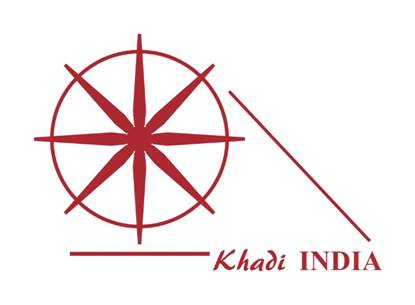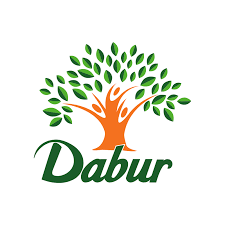India Secures Khadi Trademark Globally
In the early 1920s, during the freedom struggle, Mahatma Gandhi and prominent freedom fighters initiated the Non-Cooperation movement and later on the Quit India movement. It was during this time that Indians started boycotting British goods and promoted the use of Khadi. After that, Khadi was considered symbolic of patriotic and nationalistic spirit. Gandhiji’s ‘Charkha’ became the unique symbol of uniting all Indians against the British Raj. The majority of Indians, to show solidarity towards the movement, took it upon themselves to make Khadi yarn from raw cotton. This movement laid down the foundation stone of Khadi in India.
From the freedom struggle to the source of livelihood, the transformation of Khadi mainly emerged during the post-independence period. However, the roots of Khadi were more prominent in rural and semi-urban areas where people found employment in the entire supply chain commencing from raw cotton and fructifying into Khadi cloth. Khadi also gained prominence during this era as it employed women folk.
Since the process of Khadi cloth involved hand-made cotton yarn, it required a deep-rooted network that could facilitate door-step collection. Later they transformed it into cooperatives to further the Indian government for setting up an ‘All India Khadi and Village Industries Board.’ Later, this board transformed into the Khadi Village and Industries Commission (KVIC) in 1957.The commission’s main aim is to promote the Khadi and secure positions globally and maintain the proper quality checks, supply of the raw material to all the producers.In the 1990s, the Khadi industry put out many industrial fashion shows which drew spectacles from every nook and corner of the world.
The KVIC has made many efforts in the entire tenure and has secured trademark registrations in several classes for the word “KHADI” in 6 countries: Germany, UK, Australia, Russia, China, and the EU. However, with recent trademark registrations in Bhutan, UAE, and Mexico, such countries have gone up to nine. In these countries, KVIC has trademark registrations in various classes on Khadi fabric, Khadi readymade garments, and village industry products like Khadi soaps, Khadi cosmetics, and Khadi incense sticks.
With the new trademark registration, the commission is on the right track to progress in the current times and has successfully adapted to the latest technological changes. Hence, it would be correct to say that India secures Khadi trademark globally. With the help of the current Indian government, KVIC has been possible to follow the vision and believes of Mahatma Gandhi. In 2019, India generated total revenue of Rs 3215 crores concerning the sale of Khadi products. The sale of khadi products in the last five years has risen approximately by 30%.
There were two instances where the KVIC faced challenges regarding the trademark registrations, namely in Mexico and the EU. In both cases, local firms had applied for the “Khadi” logo. However, keeping in mind the origin and rich heritage associated with India, KVIC could secure the trademarks for India. A part of the rich history of India, Khadi continues to be unique in many ways. As the world moves towards industrial fashion, this fabric of freedom continues to spin incomes for the rural poor while reminding the country of its legacy of sustainable living and self-reliance.
References:
1. https://www.thebetterindia.com/95608/khadi-history-india-gandhi-fabric-freedom-fashion/
2. https://pib.gov.in/PressReleasePage.aspx?PRID=1734415




